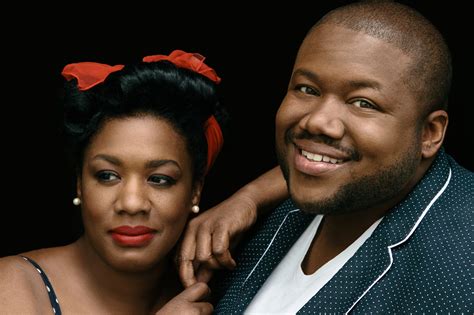How To Structure A Cover Letter
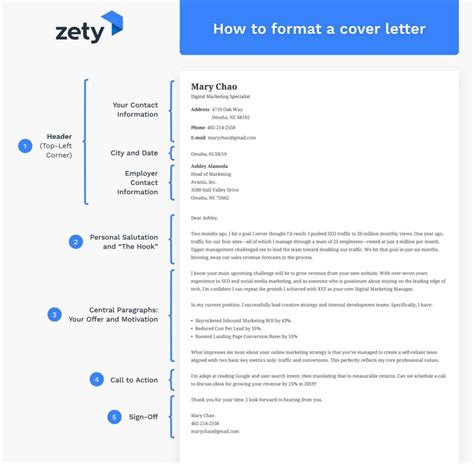
Crafting a compelling cover letter is an art that can significantly impact your chances of landing your dream job. A well-structured cover letter not only showcases your qualifications but also demonstrates your enthusiasm and suitability for the role. In this comprehensive guide, we will delve into the intricacies of cover letter composition, providing you with expert insights and practical tips to create a document that leaves a lasting impression on recruiters and hiring managers.
Understanding the Purpose of a Cover Letter
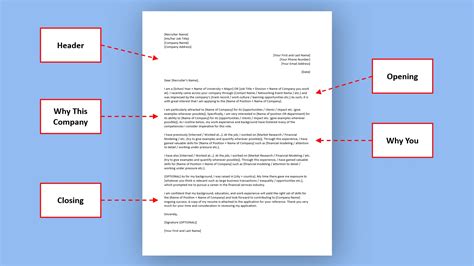
Before we dive into the structure, let’s establish the primary objective of a cover letter. It serves as a companion to your resume, offering a more personalized and narrative approach to highlighting your skills, experiences, and motivations. While your resume presents a chronological overview of your professional journey, the cover letter allows you to connect the dots, explaining how your unique background aligns with the specific requirements of the position you’re applying for.
The Art of Persuasion: Engaging Your Audience
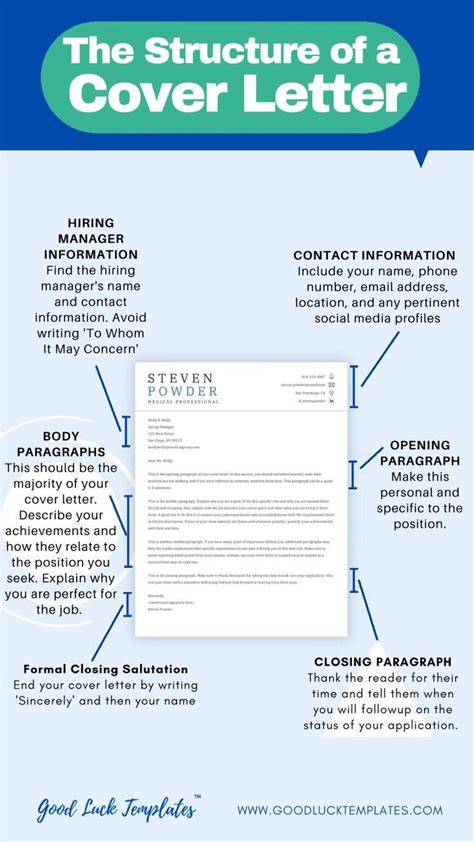
Think of your cover letter as a persuasive essay aimed at convincing the recruiter that you are the ideal candidate. It’s your opportunity to showcase your writing skills, demonstrate your passion for the field, and provide a glimpse into your personality. Here’s a step-by-step guide to crafting an engaging and persuasive cover letter:
1. Address the Right Person
Start by addressing your cover letter to a specific individual. Avoid generic salutations like “To Whom It May Concern” or “Dear Hiring Manager.” Take the time to research and find the name of the recruiter or hiring manager. A personalized greeting sets a positive tone and shows your attention to detail.
2. Express Enthusiasm
Kick off your cover letter with an enthusiastic statement that captures your excitement about the opportunity. Share why you are drawn to the company and the specific role. Demonstrate your understanding of the organization’s mission, values, and recent achievements to showcase your genuine interest.
3. Highlight Relevant Skills and Experiences
The main body of your cover letter should focus on showcasing your most relevant skills and experiences. Align these with the job requirements outlined in the job description. Use concrete examples and quantify your achievements whenever possible. For instance, instead of saying “I increased sales,” specify “I boosted sales by 15% through a targeted marketing campaign.”
4. Demonstrate Knowledge of the Industry
Showcase your understanding of the industry and the specific challenges or trends the company might be facing. Discuss how your skills and experiences can contribute to overcoming these challenges. This demonstrates your proactive mindset and your ability to offer valuable solutions.
5. Add a Personal Touch
Inject a bit of your personality into the cover letter. Share a brief anecdote or story that illustrates your unique qualities or how you overcame a challenge. This adds a human element to your application, making you more memorable to the recruiter.
6. Call to Action
End your cover letter with a strong call to action. Clearly express your interest in meeting the recruiter in person to discuss your qualifications further. Provide your contact information and invite them to reach out to schedule an interview. This proactive approach demonstrates your confidence and eagerness to take the next step.
Cover Letter Structure: A Guide to Organization
A well-structured cover letter follows a logical flow, making it easy for recruiters to navigate and understand your qualifications. Here’s a suggested structure to organize your thoughts:
1. Introduction
Begin with a captivating introduction that hooks the reader. Share a compelling reason why you’re applying for the position and how your skills and experiences make you an excellent fit. Keep it concise and focused on your unique value proposition.
2. Body Paragraphs
The body of your cover letter should consist of 2-3 paragraphs, each addressing a specific aspect of your qualifications. Here’s a suggested approach:
Paragraph 1: Relevant Experience
Discuss your most relevant work experience or projects that align with the job requirements. Use action verbs and quantify your achievements to make your impact tangible.
Paragraph 2: Transferable Skills
Highlight any transferable skills you possess that might not be immediately apparent from your resume. For instance, if you have strong leadership skills gained through volunteer work, mention how these skills can contribute to the team's success.
Paragraph 3: Passion and Motivation
Express your passion for the industry and the role. Share why you're drawn to this particular field and how your personal values align with the company's mission. This demonstrates your long-term commitment and enthusiasm.
3. Conclusion
Conclude your cover letter by reiterating your enthusiasm and highlighting your eagerness to contribute to the team. Express your confidence in your ability to excel in the role and provide your contact information for further communication.
Common Mistakes to Avoid
While crafting a cover letter, it’s essential to steer clear of common pitfalls that can diminish your chances of success. Here are some mistakes to avoid:
- Generic Cover Letters: Avoid using a one-size-fits-all approach. Tailor your cover letter to each specific job you're applying for. Recruiters can spot generic letters from a mile away.
- Excessive Length: Keep your cover letter concise, ideally between 250 and 350 words. Focus on quality over quantity, ensuring every word adds value to your application.
- Grammatical Errors: Proofread your cover letter thoroughly to eliminate any grammatical or spelling mistakes. Consider using grammar-checking tools to ensure a polished final product.
- Lack of Enthusiasm: Inject your cover letter with genuine enthusiasm and passion. Avoid sounding robotic or formulaic. Let your excitement for the opportunity shine through.
Tailoring Your Cover Letter: A Real-World Example
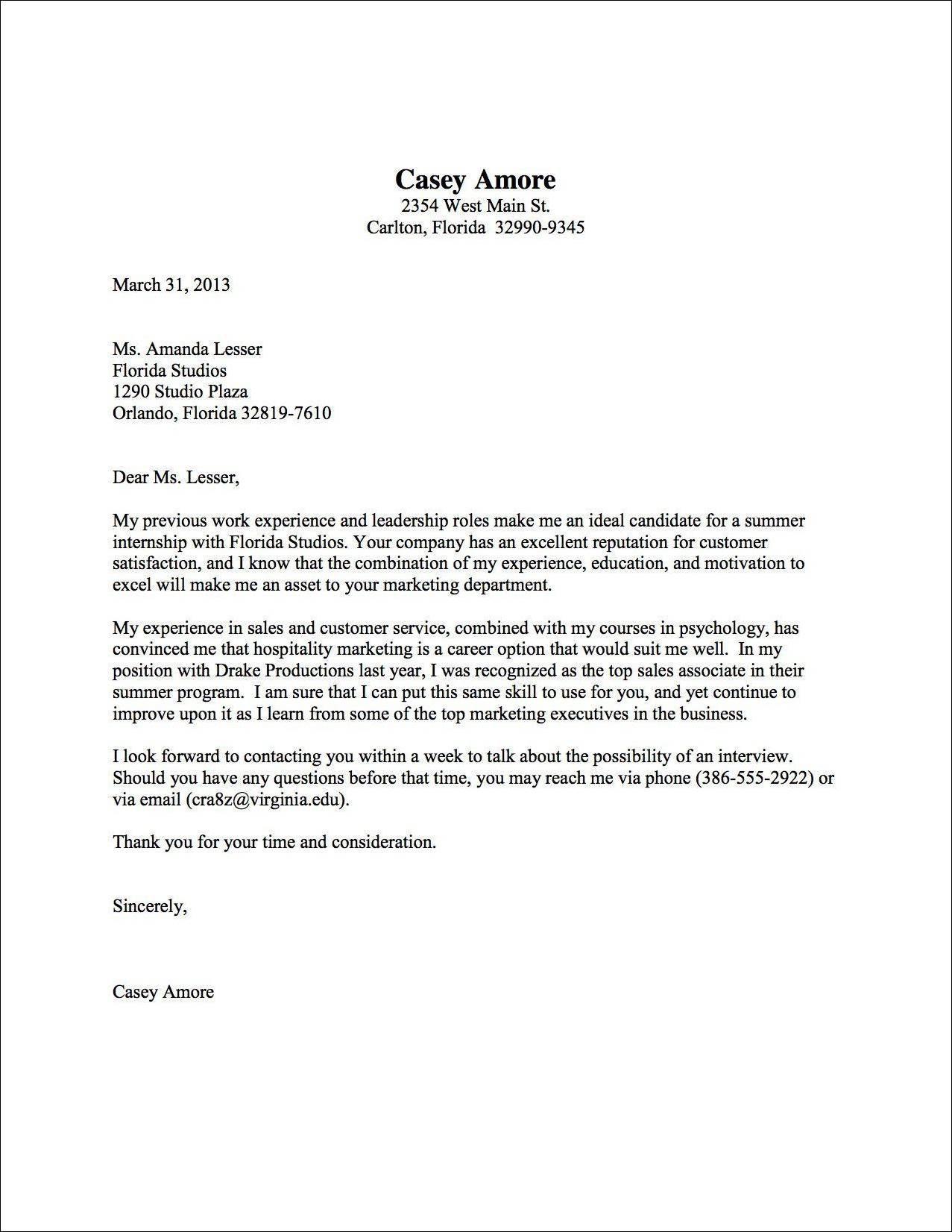
Let’s illustrate the concepts discussed above with a practical example. Imagine you’re applying for a marketing manager position at a tech startup. Here’s a sample cover letter tailored to this specific role:
"Dear Ms. Jessica Smith,
I am thrilled to submit my application for the Marketing Manager position at TechInnovations, a company renowned for its cutting-edge technology and innovative spirit. With my extensive experience in digital marketing and a passion for driving brand growth, I am confident I can make a significant impact on your team.
Throughout my career, I have successfully executed comprehensive marketing strategies, boosting brand awareness and sales for multiple companies. For instance, at my previous role, I implemented a targeted social media campaign that resulted in a 20% increase in website traffic and a 12% rise in conversion rates.
In addition to my marketing expertise, I possess strong leadership skills, honed through my involvement in community initiatives. I believe these skills, coupled with my enthusiasm for emerging technologies, make me an ideal fit for TechInnovations.
I am deeply aligned with TechInnovations' mission to revolutionize the tech industry, and I am eager to contribute my skills and passion to help the company achieve its goals. I am confident that my experience and dedication will be a valuable asset to your dynamic team.
Thank you for considering my application. I am excited about the prospect of discussing my qualifications further and contributing to TechInnovations' success. Please find my resume attached, and I look forward to the opportunity to meet and explore this exciting opportunity in person.
Best regards,
[Your Name]
Final Thoughts and Next Steps
A well-crafted cover letter is a powerful tool in your job search arsenal. By following the structure and tips outlined in this guide, you can create a persuasive and engaging cover letter that showcases your unique qualifications and personality. Remember, each cover letter should be tailored to the specific job and company, demonstrating your understanding of their needs and your ability to meet them.
As you prepare your cover letter, consider reaching out to professionals in your network for feedback and advice. Their insights can help you refine your writing and ensure your cover letter stands out in a competitive job market. Best of luck with your job search, and may your cover letter open doors to exciting opportunities!
How long should a cover letter be?
+A cover letter should typically be between 250 and 350 words. Keep it concise and focused, ensuring every word adds value to your application.
Should I include salary expectations in my cover letter?
+It’s generally best to avoid discussing salary expectations in your cover letter. Instead, focus on showcasing your qualifications and leaving the salary negotiation for later stages of the hiring process.
How do I make my cover letter stand out from the competition?
+To make your cover letter stand out, focus on tailoring it to the specific job and company. Demonstrate your understanding of their unique needs and explain how your skills and experiences align perfectly. Inject your personality and passion into the letter, making it memorable and engaging.
